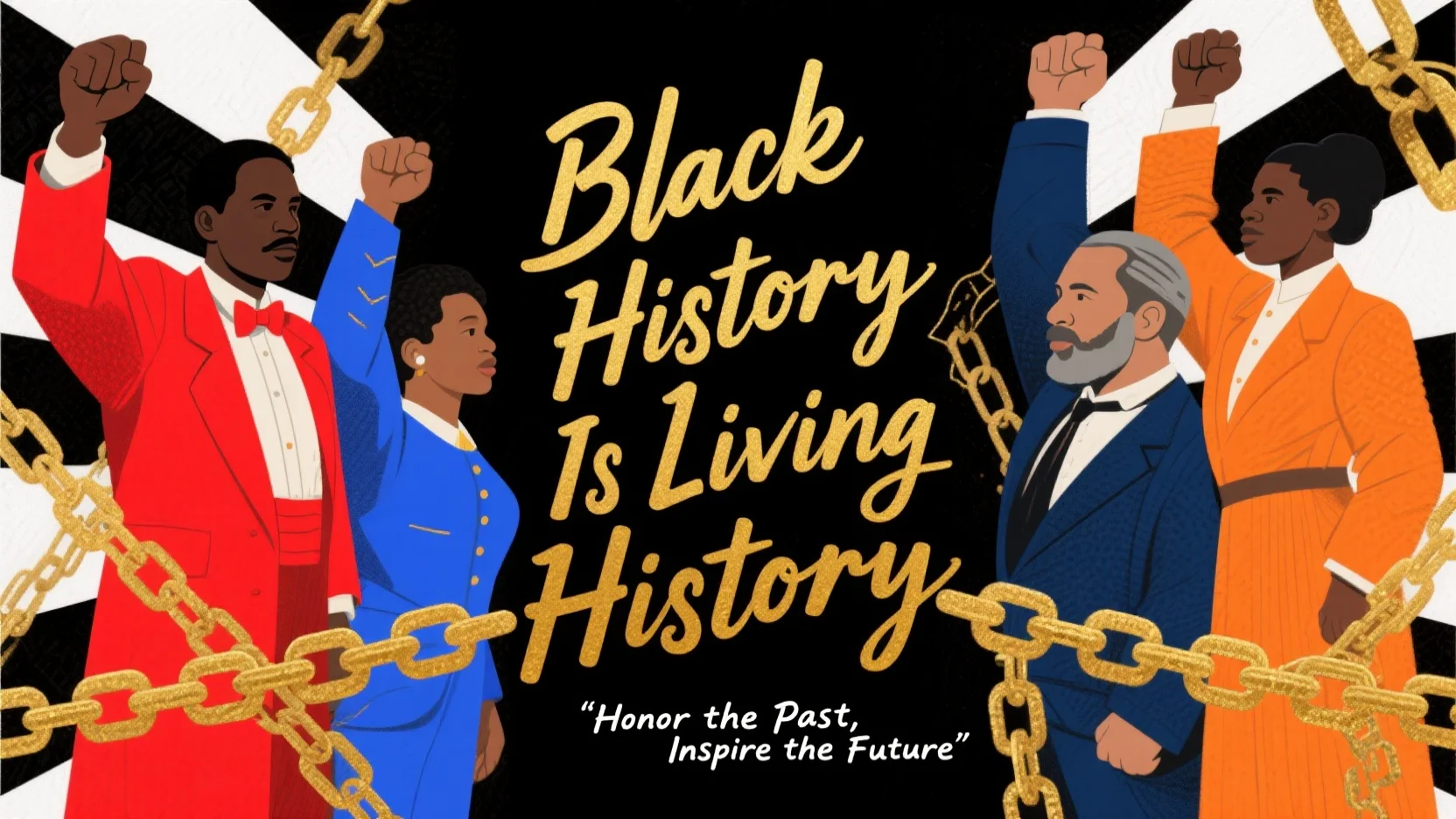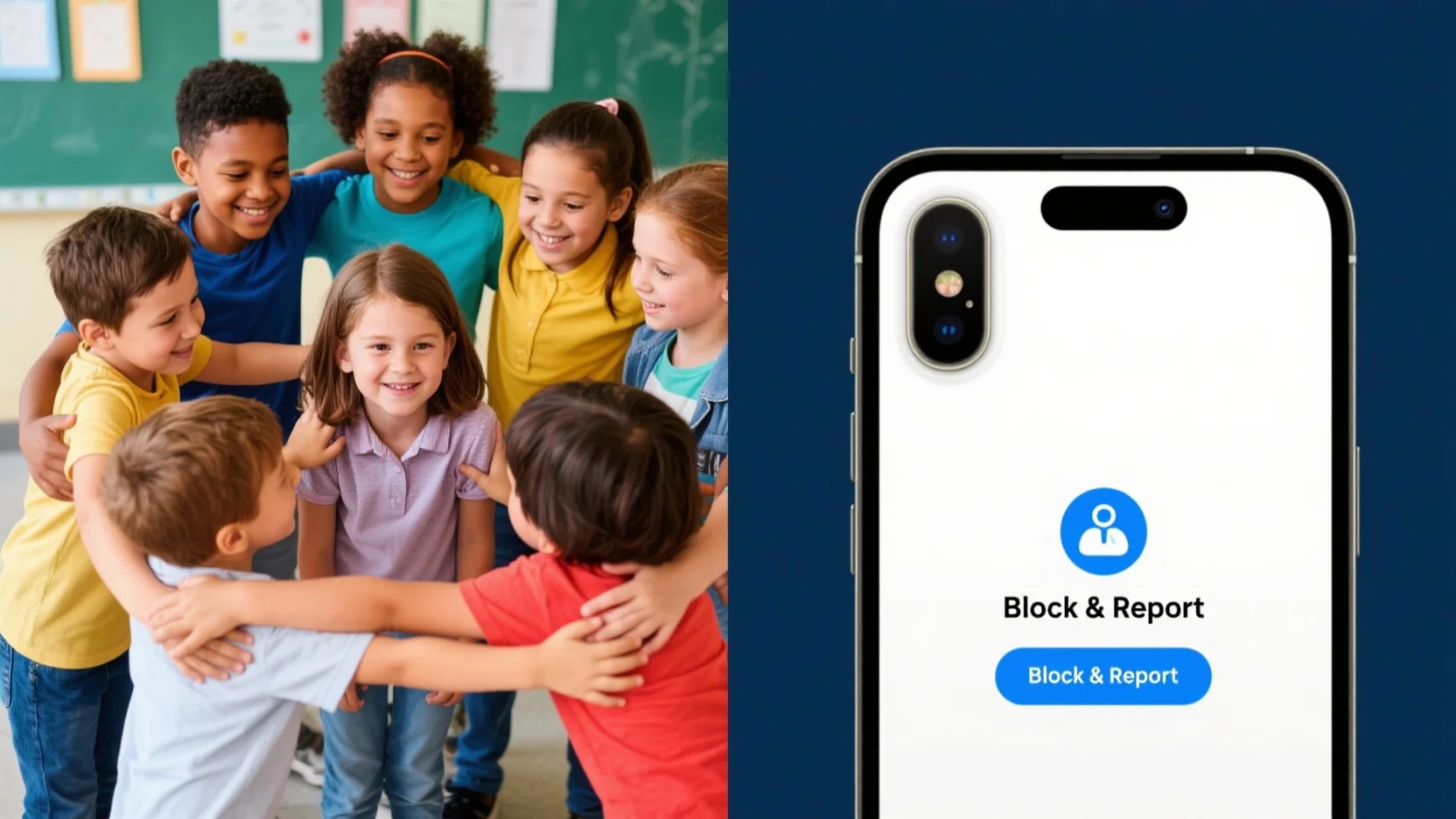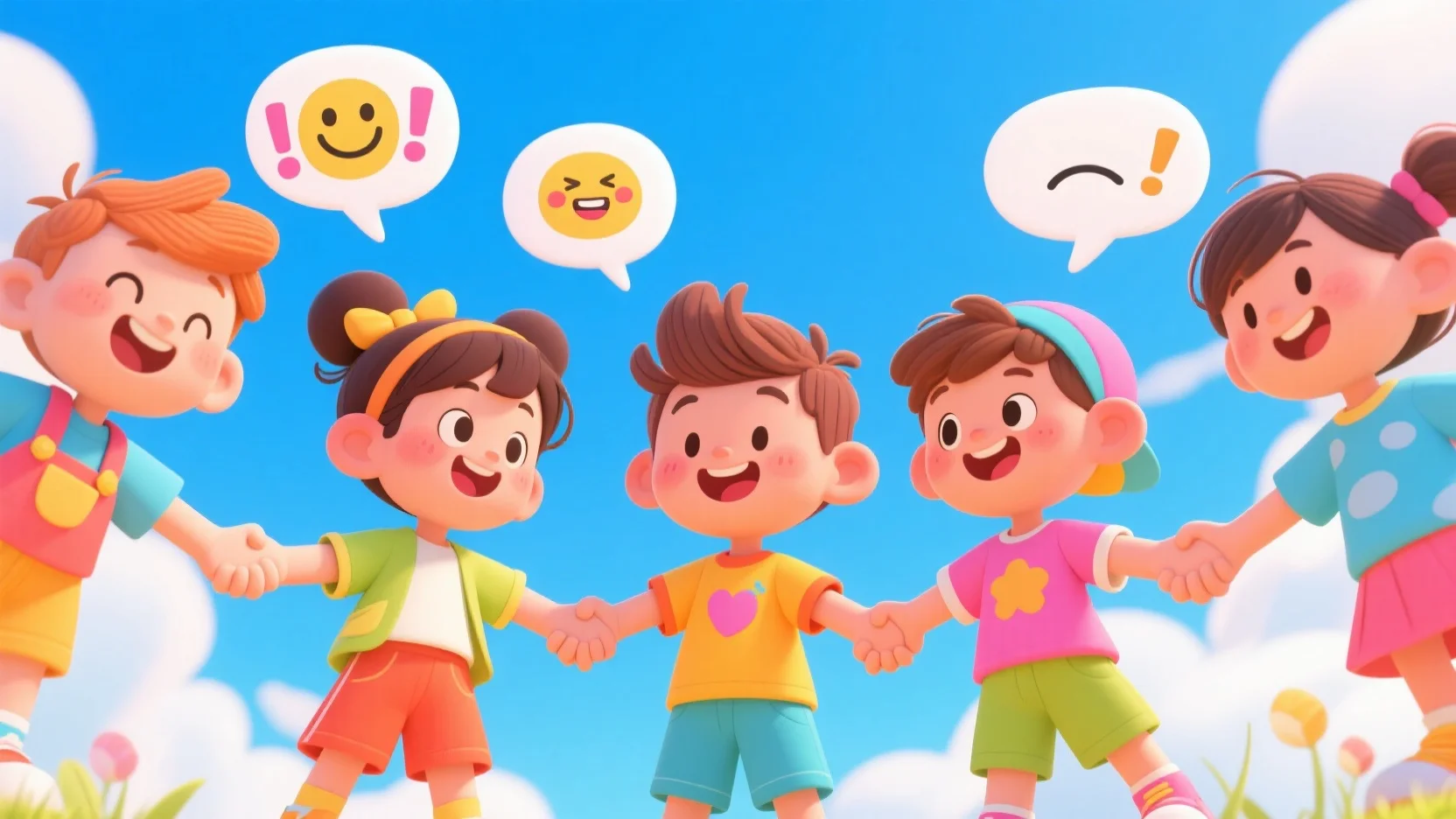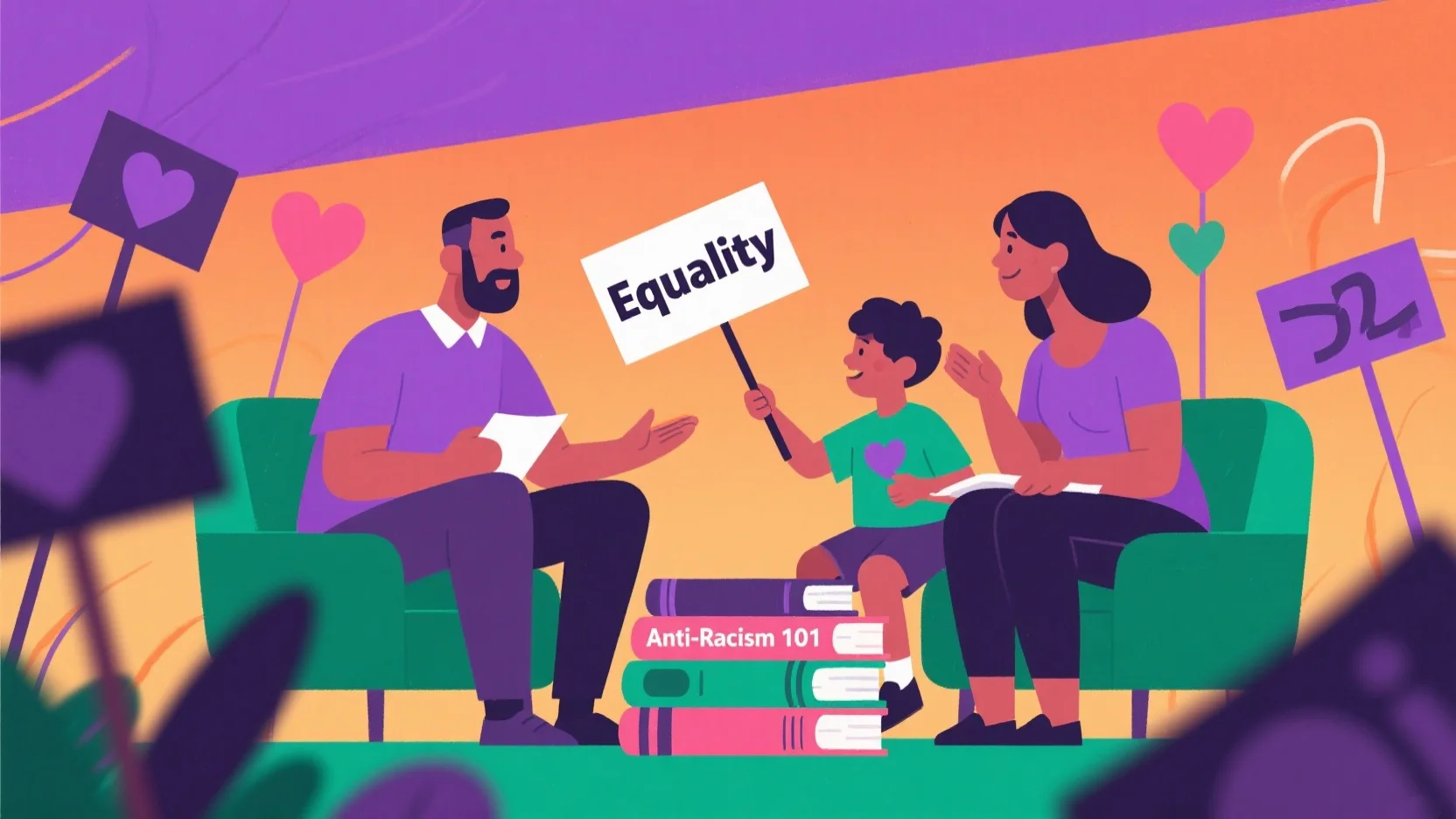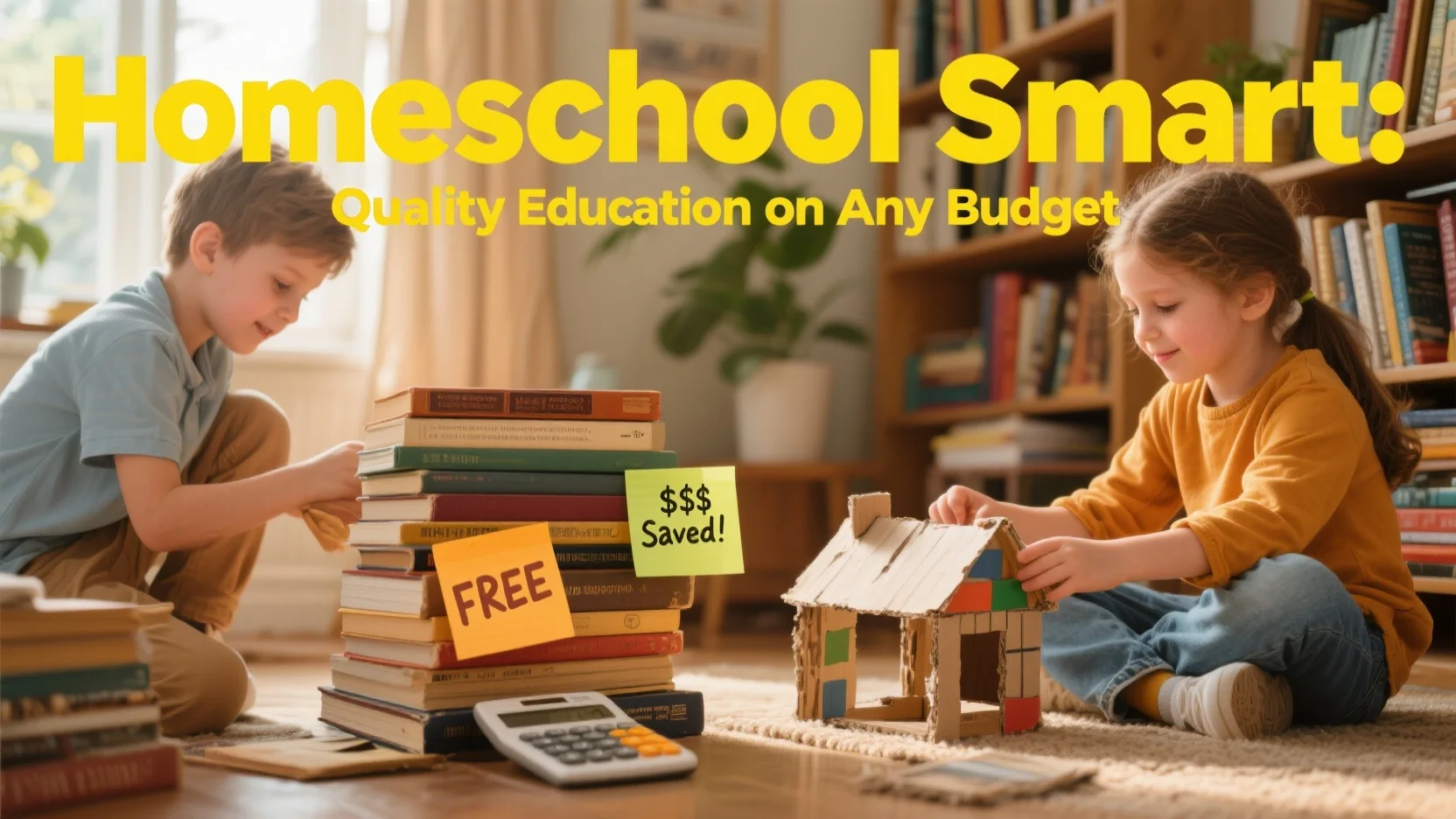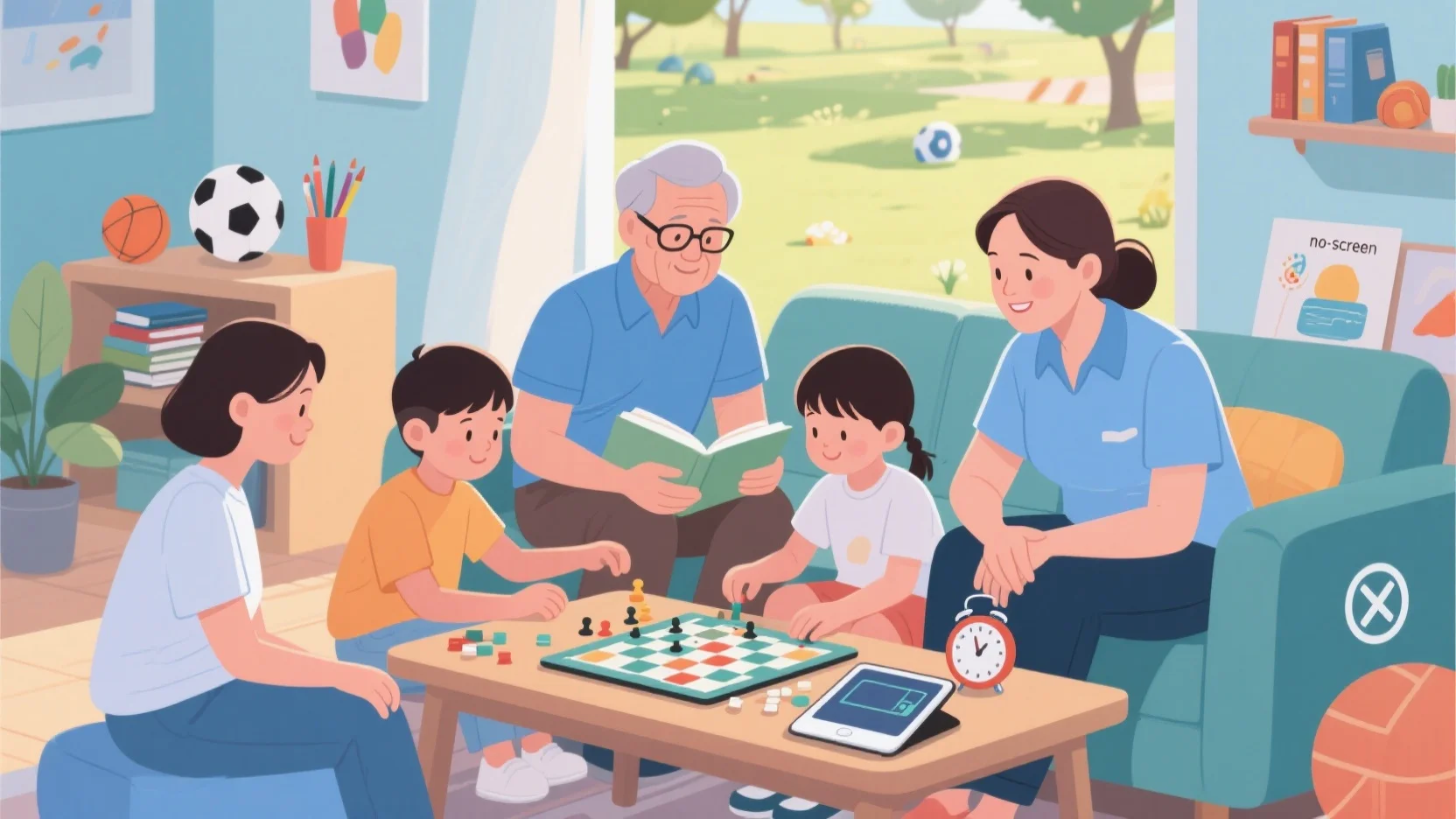Yes — Netflix can absolutely be used for educational purposes, especially when content is selected thoughtfully and guided by adults. While it’s primarily an entertainment platform, Netflix has evolved into a surprisingly effective tool for supporting both classroom learning and at-home education.
From captivating documentaries to kid-friendly educational shows, it provides a dynamic, engaging way to explore a wide range of topics, from science and history to emotional intelligence and creative arts.
What Makes Netflix Educational?
Netflix offers a growing library of content that can be used to enhance learning experiences. Its biggest strength lies in the visual and storytelling power it brings to complex topics, making them easier to understand and more engaging for young minds.
🎓 Types of Educational Content Available
Here are some popular categories and examples of educational shows on Netflix:
- Science & Nature:
Our Planet and The Universe offer stunning visuals and scientific facts about Earth and space.
The Mind, Explained dives into the workings of the brain — a great resource for older kids and teens. - STEM for Kids:
Ask the StoryBots explains everything from how computers work to why we brush our teeth.
Ada Twist, Scientist encourages curiosity and scientific thinking in preschool and early elementary kids.
Octonauts introduces marine biology and teamwork in a fun, animated format. - Art & Design:
Abstract: The Art of Design showcases the creative process behind world-renowned designers and artists. - Social Studies & History:
Documentaries and series such as 13th, History 101, or The Who Was? Show offer digestible insights into complex topics.
How Teachers and Parents Are Using Netflix
Although Netflix doesn’t offer structured lesson plans like formal educational platforms, educators and caregivers have found creative ways to integrate it into learning:
1. Visual Learning Support
Some learners grasp concepts more effectively through video. For them, a well-made documentary can be far more impactful than reading a textbook.
2. Classroom & Family Discussions
Shows can spark important conversations around social issues, science discoveries, or personal growth. Watching together with children or students helps facilitate these learning moments.
3. Project and Research Inspiration
Older students can use Netflix documentaries as sources for school projects, presentations, or debate topics.
4. Supplemental Learning
For homeschooling families, Netflix can serve as a break from traditional methods while still offering educational value — for example, watching David Attenborough: A Life on Our Planet as part of a biology or ecology unit.
Things to Keep in Mind
While Netflix can support learning, it’s not a replacement for a formal curriculum. There are a few considerations:
- Curation Is Key: Not all content is suitable for all ages. Adults need to pre-screen and choose age-appropriate shows.
- Guided Viewing Works Best: Without a teacher or parent discussing the material, children may focus more on entertainment than on learning outcomes.
- No Built-in Assessment Tools: Unlike platforms like Khan Academy or PBS Learning, Netflix lacks quizzes, reflection prompts, or tracking tools.
Final Thoughts
Netflix may not be an “educational platform” in the traditional sense, but it can absolutely play a valuable role in modern education. With the right guidance, it becomes a tool to inspire curiosity, build knowledge, and engage learners in ways that textbooks alone cannot.
So, yes — when used intentionally, Netflix is more than just screen time. It’s a gateway to discovery.



